
Enhancing Online Customer Experience in Travel Industry
19 Jan, 2022
Recently, the term ‘technology 4.0’ has been mentioned more than ever, especially when the global crisis is serious because of the COVID-19 epidemic. The digital transformation method has disrupted and reshaped the mainstream business model of enterprises, especially the tourism sector, the industry that has been most affected and damaged and forced to make great changes, creating diverse tourism products and increasing online experiences to survive the current situation. An analysis of the opportunities and challenges of digitalization in tourism sector by Dredge et al. (2018) reveals important transformations of travel product and service business, requiring new thinking for the travel industry along with the development of new products, business methods, ecosystems and new approaches to support and build competitiveness for businesses.

Digital transformation - A good opportunity for tourism industry
The strong development of information and communication technology related to activities, listed as booking, ticketing and selling tours online, has created a revolution in toursim field. Digital transformation has been providing and will bring enormous benefits to businesses, by creating opportunities for travel product providers to reach online users in the most effective way. To boost revenue by retaining loyal customers and attracting new customers, OTAs (Online Travel Agents) applications are always looking for ways to enhance the online experience for network users; therefore, helping users interact more easily online and find the right travel products as well as retain and increase customer return, ultimately, creating engagement and loyalty. In this article, the author identifies important factors affecting the online journey of visitors listed as năng utilitarian values, hedonic values (Bilgihan, 2012), accessibility to online business form (web skills of an individual (Novak & Hoffman, 1997) and the reliability of e-payment systems (e-payment systems) (Zhou, 2014). In addition to collecting secondary information from previous research data to identify factors, this article also proposes solutions with specific roles of stakeholders (departments, enterprises and stakeholders, visitors) in order to optimize the online experiences of users; therefore, bringing mutual benefits to the tourism ecosystem.

Diverse online payment methods in Vietnam (Source: Vietnam Insider)
Solution model to improve online customer experience in current travel industry
The trend of digitalization is happening at breakneck speed and becoming both an opportunity and a challenge for any business that aims to survive in the volatile tourism market. In addition, the heavy damage that the tourism industry is experiencing due to the epidemic confirms that businesses and stakeholders need to seriously review the current business model and apply the new business method is inevitable. Analyzing the current situation of digital transformation taking place, this article has partly described a picture of the tourism industry in the new era. The author offers 5 main solutions; therefore, defining the role of each stakeholder in the direction of optimizing the online experience route of tourists in a diverse, convenient, friendly and secure digitalized environment as follows:
Connectivity: To increase connectivity, the deployment of high-quality broadband infrastructure in locations with a large number of visitors is a top requirement to create a continuous and optimal experience. The close connection between domestic and foreign network providers will create a synergy to create diverse and homogeneous service packages.
Technology universalization (Human capital): The ability to universalize technology is the second factor in this solution model. This factor focuses on exploiting human resources by focusing on training and planning for long-term development in the field of technology. This solution aims to erase technology blindness for local people and improve the professional capacity of resources serving in the tourism industry.
Frequency uses of Internet: Increased usage indicates that visitors are fully engaged in the experience route and this is stimulated by new technologies such as artificial intelligence (AI). virtual reality (AR) or geographic information systems (GIS).
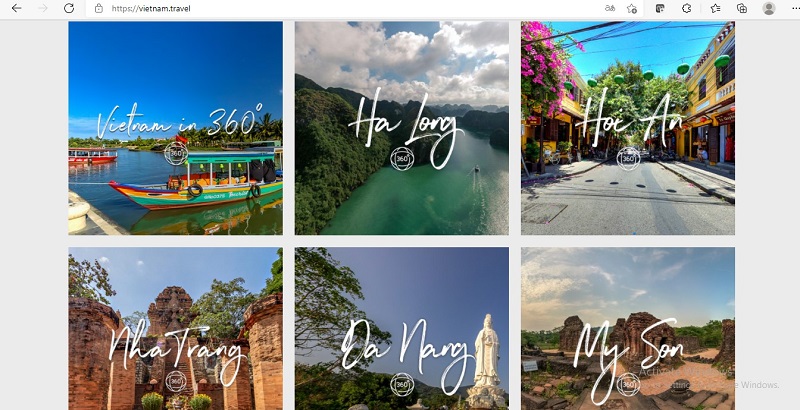
Adopting virtual reality (VR) and digital tools will enable flexible and engaging travel experiences.
Integration of Digital Technology: The addition and integration of new technology and existing technologies create new and constantly changing journeys, stimulating the return of visitors.
Digitization of public services (Digital Public service): The government needs to accelerate the process of digitizing public services, creating an open, user-friendly and safe data system for domestic and international tourists.
In summary, the solutions proposed above partly show the role of enterprises in the industry, interdisciplinary enterprises, government agencies together with the cooperation of tourists (online users). This network of links will create synergy to help the picture of the entire tourism industry prosper in the coming years.
Please refer to the full article Enhancing Online Customer Experience in Travel Industry here. Author: MSc. Lê Phương Giao Linh (Tourism Faculty – UEH School of Management).
This article is in Series spreading research and applied knowledge from UEH with message for 2022 schoolyear “Research Contribution For All – Research for the Community”, UEH would like to introduce Newsletter ECONOMY NUMBER #26 “Economical model sharing managing issues in Việt Nam”.
News, photos: MSc. Lê Phương Giao Linh, UEH Department of Marketing – Communication.


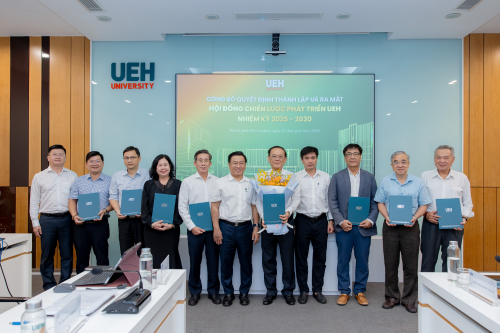
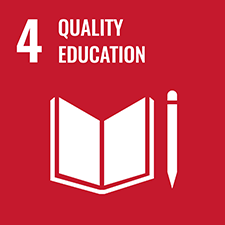
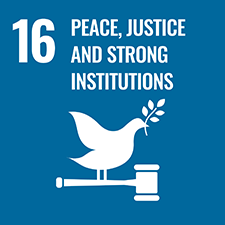
![[Research Contribution] Climate Adaptation and Ownership Structure: Determinants of Global Bank Performance](/images/upload/thumbnail/ueh-thumbnail-639024479352054880.png)
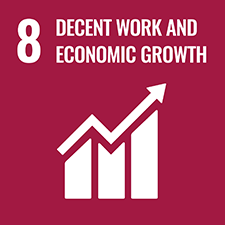
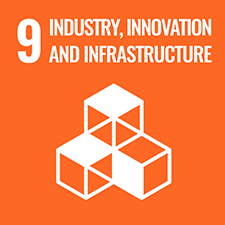

![[Research Contribution] Wage or Survival Fee? A New Perspective on Provincial Minimum Living Wages in Vietnam](/images/upload/thumbnail/ueh-thumbnail-639024468410266657.png)
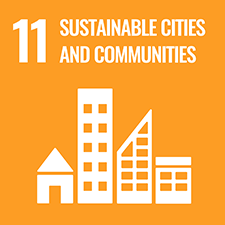
![[Research Contribution] A Model for Assessing the Impact of Accounting Data Analytics on Sustainable Information Presentation in the Public Sector](/images/upload/thumbnail/ueh-thumbnail-639024469396621767.png)
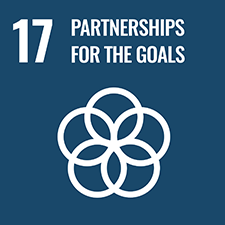
![[Research Contribution] A Strategy for Engaging Stakeholders to Implement Living Labs for Addressing Urban Issues](/images/upload/thumbnail/ueh-thumbnail-639024459455096821.png)